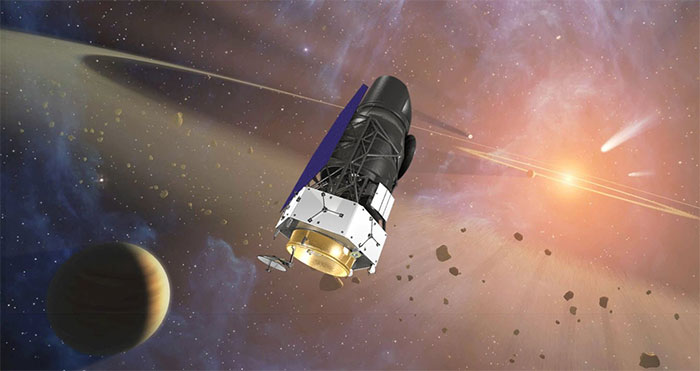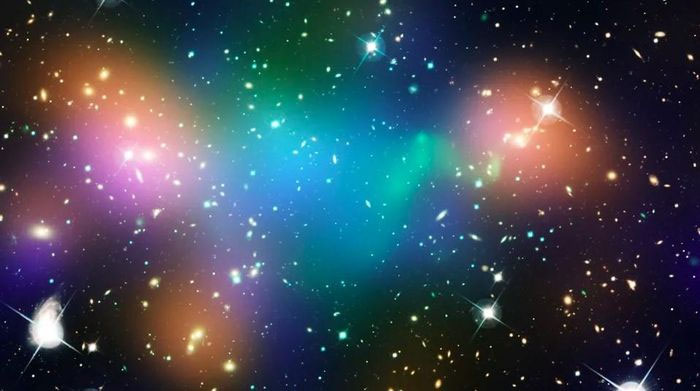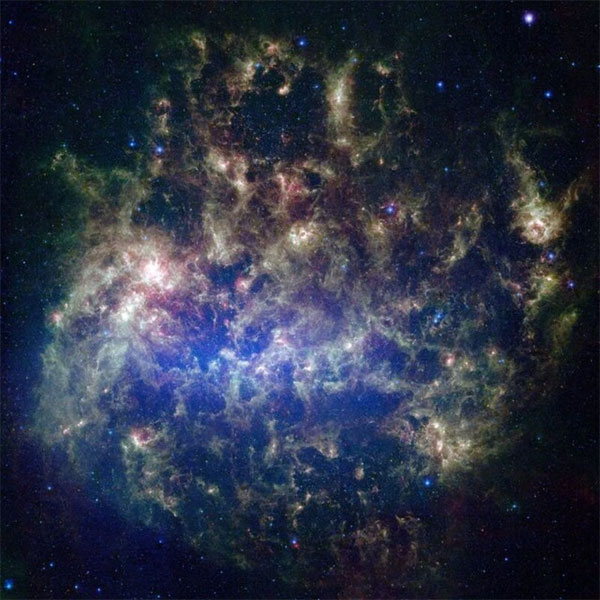In an effort to uncover the mysteries of dark matter, NASA’s Nancy Grace Roman Telescope project, scheduled for launch in May 2027, is poised to provide important insights into this elusive material. .
The telescope’s mission involves exploring the voids between star clusters , especially those located between globular clusters orbiting the Andromeda galaxy, with the aim of expanding current understanding of the world. modern astronomy of dark matter, by further studying the perturbations and voids present in these interstellar streams.

NASA’s Nancy Grace Roman Telescope launches in 2027, aiming to unravel the mysteries of dark matter, by studying the voids between globular star clusters around the Andromeda galaxy. (Photo: NASA, STScI, Benjamin F. Williams (UWashington)
Technically, NASA’s Nancy Grace Roman Telescope will have up to 18 detectors with super-large depth of field that are expected to revolutionize observation capabilities. With the ability to observe 200 times deeper than the Hubble Space Telescope’s near-infrared camera, and slightly superior resolution, the new telescope promises to produce quick, detailed images. The most exquisite details about the neighboring galaxy Andromeda.
According to Christian Aganze of Stanford University, who also led the project, the Nancy Grace Roman Telescope was able to take a giant, sweeping image of the Andromeda galaxy, something no other telescope has been able to do. completely okay. The enhanced resolution in the telescope will help it detect individual stars in globular clusters, with unprecedented clarity compared to previous astronomical observations.
Meanwhile dark matter, which makes up about 27% of the universe, remains undetectable by direct observation, because it does not interact with light. However, its influence on galaxies is reflected in rotation patterns, so it is an important indirect indicator for tracking this matter. “We see the impact of dark matter on galaxies,” emphasized Tjitske Starkenburg of Northwestern University. Therefore, observing the galaxy’s rotation pattern can be an important premise to explain the existence of dark matter.”
Meanwhile, globular clusters are described as cosmic ribbons, providing a unique vantage point in studying dark matter. Recent studies show that clumps of dark matter can penetrate these star clusters, creating distinct gaps.
Unlike previous observations limited to the Milky Way galaxy, NASA’s Nancy Grace Roman Telescope will allow researchers to explore neighboring galaxies such as the Andromeda galaxy for the first time, to expand Considerable data set on globular star clusters to study the properties and masses of dark matter halos.
- A baby girl in Brazil was born with 4 kidneys
- This is the reason why birds have no teeth
- The doctor exposes 8 mistakes many people make when they have the flu or a cold, which keeps the illness from getting better



